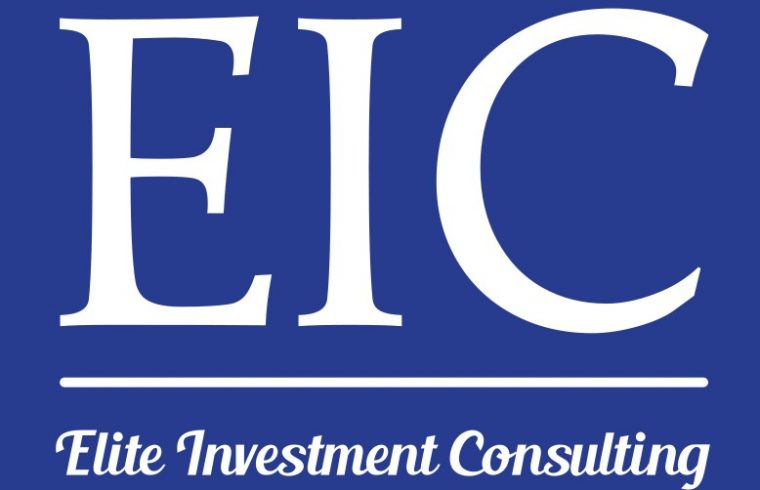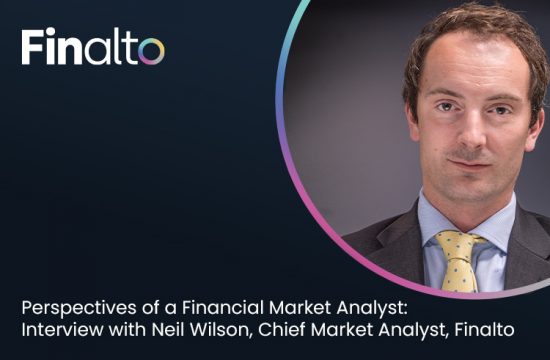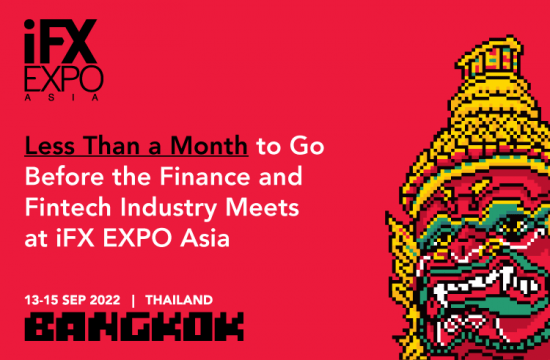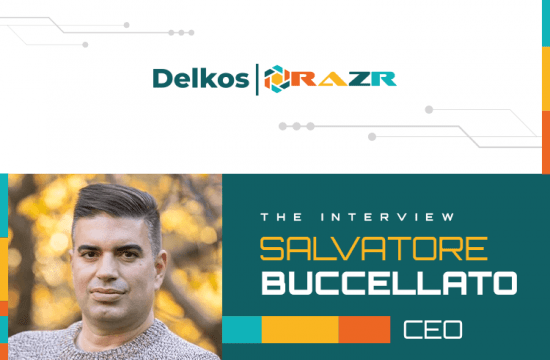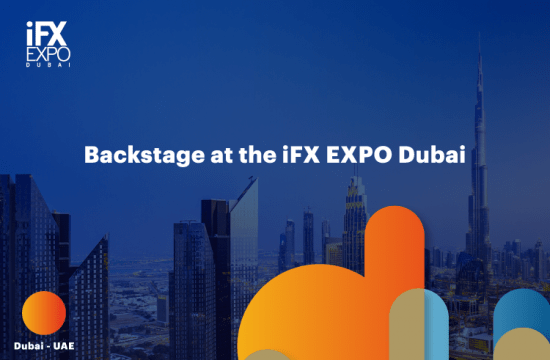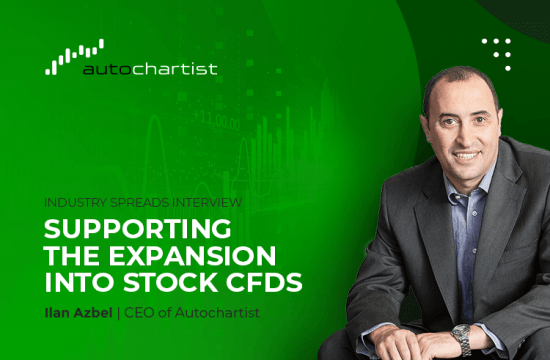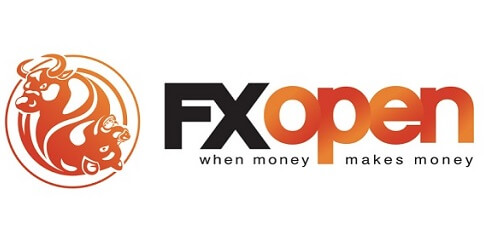As part of our ongoing interview series, we sit down with Donald Ellet, the 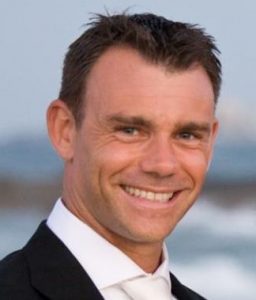 Founder of Elite Investment Consulting.
Founder of Elite Investment Consulting.
Can you describe your background in financial services prior to setting up Elite Investment Consulting?
I spent almost 20 years in commercial and predominantly investments banks in Auckland London, Sydney and Hong Kong, with 15 years in market-related risk. My last banking role being Head of Asia Global Market Financing and High Frequency Trading Risk at Merrill Lynch HK.
I also consulted in HK as interim CRO to a Chinese family office trading arm prior to moving back to Sydney as a GM at the ASX running Quant Risk, Pricing and Benchmark teams. I set up Elite Investment Consulting (EIC) in 2017
Can you tell us more about Elite Investment Consulting and what its core offering is? What sets it apart from the competition?
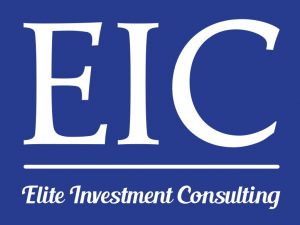 EIC was set up to cover a gap in the Australian financial markets, initially within the hedge fund community and risk technology firms, however, has expanded into technology start-ups.
EIC was set up to cover a gap in the Australian financial markets, initially within the hedge fund community and risk technology firms, however, has expanded into technology start-ups.
EIC has a unique offering for hedge funds through prime broker optimisation, risk infrastructure, prime broker introductions, fee negotiation and full onboarding and documentation negotiations. Optimisation includes operational alpha, yield enhancement, cross-asset leverage, capital and execution optimisation from discount providers through to tier one investment banks.
In the risk technology space, consulting is both technical and strategic in terms of product offering, financial instrument modelling, real-time risk analytics and data visualisation tools across high frequency trading, market surveillance and global portfolio management.
In the technology start-up space, EIC takes a more operational and advisory perspective across technology development and application deployment.
I have yet to see consulting firms provide such bespoke services, particularly within the hedge fund space.
You optimise prime broker offerings for hedge funds and private trading groups, including introductions to new prime brokers and negotiations. Can you explain more about what services can be optimised and how investing returns can be increased?
Most hedge funds focus on finding more alpha, however, don’t optimise the choice of prime broker, how those prime brokers charge, cross prime portfolio margining, the choice of instrument to use (i.e. cash or swap) the spread they are paying on trades (multi-factor algo optimisation), allocation of capital nor optimisation of capital through yield enhancement opportunities.
The larger the leverage and higher frequency of trading, like systematic quantitative strategies, more prime broker relationships and multi portfolio managers and strategies, the more optimisation can occur. Each implementation of an optimised strategy might return 15-30bps p.a., and some much more. Therefore, earning over 100bps p.a. is not difficult for certain prime strategies. I wrote an article titled Hedge Funds Leaving Free Money on The Table which explains more detail (https://www.linkedin.com/pulse/hedge-funds-leaving-free-money-table-don-ellett-cfa/)
You mentioned institutionalising market risk. Who are your target clients and what are the top areas firms need to focus more on?
The large global investment banks and large private trading groups are leaders in this space, but many still are missing some key components. There are holes in the market risk armour across buy side, sell-side and intermediaries across the whole financial services community that could do with a timely or period risk review.
We see huge resources being deployed into operational risk frameworks and compliance in Australia, largely due to the limited market risk exposure of the domestic banks, however, there is very limited media on market risks across the industry.
The top areas of risk in any tradeable market are concentration, liquidity and skewness of markets. The reliance on VaR based normal distributions remains quite prevalent across financial services and the lack of real-time technology and visualisation is rather lacking.
Risk tech is a growing and evolving space that I have a long history of interest and involvement with.
For more information on institutionalising market risk refer to another one of my articles https://www.linkedin.com/pulse/institutionalising-market-risk-buy-side-sell-donald-ellett-cfa/
You have managed high frequency trading (HFT) risk in the past. How do you think HFT has impacted markets and how do firms manage such risks?
Post global proprietary trading regulation of investment banks, liquidity in markets have thinned as inventories dried up and major institutions reduced participation in size and volume. HFT filled the gap of liquidity but at a price. Liquidity has become extremely mobile and previously heavily held markets like the US 10-year treasuries are much more susceptible to flash crashes.
Whilst the average investor should not care about the basis point advantage of HFT, trading institutions needs to concern themselves with intra-day movements of markets and runaway algorithms of HFT clients. Thankfully, there are real-time market monitoring and surveillance companies that manage such risks. One such company I have worked with over the last decade is The Technancial Company with numerous awards and global investment banks as clients.
How has risk management/investment consulting evolved during your career? In what way have these impacted the profession?
From my perspective, I have seen a move towards more boutique’s investment consulting firms over the larger more established consulting firms. With continued fee compression across the investment management community, this opens an opportunity for small boutiques like EIC to provide very specific and bespoke services at a very substantial discount.
Who has influenced your thinking/perspective that might be of interest to others too?
My first trading influence came from a Darryl Guppy seminar, and following that reading his book “Trend Trading” in the early 2000’s..
I also like Warren Buffets style of investing. Berkshire Hathaway’s USD5b investment in Goldman Sacs at the height of the financial crisis in preferred stock at 10% dividends and attaching warrants for another $5b is an example of buying when everyone else is selling and picking up a great deal.
As well as managing market risks you are also an active investor. Do you recall your first investing experience? What and when did you invest in and why did you think that this was a good decision?
My first share I bought was Cisco in 1999. It doubled in little over 3 months only to lose 90% following the dotcom collapse in 2000, whilst I was travelling in Africa and Asia with no internet access. A very useful exercise in risk management! Cisco at the time was the largest company in the world with leading edge hardware and had many analysts buy recommendations even as it continued to decline back to more normal earnings multiples. You need to make losses to really understand markets.
How do you describe your consulting model and approach to strategic risk management and optimising investment?
I am very hands-on and immersive in a client’s business. Doing deep research is the most important part of understanding the current environment and structure that exists. From there I apply and extremely methodical approach in looking at areas that provide opportunities to be streamlined, consolidated and optimised. Simple and effective solutions to complex problems and being visible, I find is the best outcome for risk management infrastructure. Risk is inextricably liked to return, so once risk becomes part of the culture at the point of investment decisions this results in higher risk-return outcomes.
Your consultancy portfolio ranges from financial institutions to technology companies, how different is the approach to risk management for these industries?
Any good risk manager understands the wholistic approach to managing risks that include operational risks and frameworks supported by sound technology and infrastructure to deal with the underlying risk, for example, market risks of investment and modelling of the instrument itself. The development and deployment of technology then is a follow on to manage such risks.
This means there is a lot of cross over between types of different firms, albeit the underlying risks to focus on might be completely different. As I mentioned earlier risk technology firms are more about the technical product and its functionality. Hedge funds cover the risk infrastructure, operation frameworks and optimisation of the strategy including operational alpha. The startup technology firm WotzThat I advise to focusses on the development and deployment of leading-edge technology.
WotzThat is quite different from the financial services and trading businesses you have previously worked with. Can you explain the business model and why you think it will work in the Australian market?
WotzThat provides a discount deals & customer engagement mobile application platform, WotzThatDeal, and a “clicks to bricks” mobile solution using barcode technology where customers can pick up products instore purchased via a mobile application, WotzThatStore.
The platform leverages the latest technologies and services from global ecommerce leaders and affiliate marketers enabling retailers to connect to consumers through an easy to use, personalised and reliable smart shopping experience, in a single mobile application than combines numerous search websites and provide additional targeted discounts unavailable online. See WotzThat.com and WotzThatDeal.com for more information.
WotzThatStore can be extended to, excess stock and waste products in partnership with the Environmental Protection Agency (EPA) and has the interest of local councils
Online and mobile affiliate marketing is growing rapidly overseas and Australia is well behind the curve in terms of technology and penetration. Utilising artificial intelligence and machine learning WotzThat will provide a completely new customer shopping experience.
Describe for us your typical workday? What are some of the major decisions that you make?
I normally wake at 6 am and read financial news for the day whilst having breakfast, including watching the US markets close across all asset classes. I normally work from my home office on most contracts, however, am often in the city of Sydney with current and prospective clients meeting or negotiating with the investment banks.
I also love to get down to the gym or train outside when I can, which keeps me sharp and motived – healthy body healthy mind!
I look at a lot of businesses globally to understand where my involvement might add value to the product or in its introduction into the Australian markets, meaning a lot of my time is on conference calls at unusual hours. Shifting through opportunities and deciding what works best either for my clients or for EIC is where I spend most of my decision-making time.
As such I each day is very different from the last and constantly evolving which inspires me to be part of the future in technology and markets.
What trends do you foresee happening on the financial or technology sector over the next six months?
The Royal commission reviews will continue to emanate through banking, financial advice, insurance and superannuation industries with implications for years to come.
Regulation and technology are at the forefront of financial markets today. Risk Tech and Reg Tech are growing rapidly as I see the outsourcing model increasingly used especially in Reg Tech for compliance, KYC and onboarding. Risk Tech has been outsourced for some time, however, with such focus on risk management, I see this trend continuing businesses accept such technology is mandatory to run their businesses going forward.
On investment strategy, what are the determining factors of a good investment and what’s not?
Risk and return as I previously mentioned go hand in hand. When choosing investments, asset allocation and portfolio make up one needs to understand the appetite for risk and match that with the highest return available whilst considering volatility factors and expected return based on actual expected distributions and market skewness. Forward predictive scenario-based modelling allows and investor to see where a portfolio could go and have a hedging strategy in place if markets go against your expectations or quite simply you were wrong.
Liquidity and concentration blow up portfolios as well as misunderstanding the actual risk on an investment or portfolio, quite commonly by only looking the past. Lack of research and following other’s tips is also something that gets investors into trouble. I know one fund manager that might spend a year researching a particular industry and stocks within it before making an investing decision.
What are clear indicators that a company is effective at managing its top risks?
A clear culture of risk, good governance, appropriate risk-based renumeration and the visibility of risk across an organisation, embedded into every process and part of the process is a sure sign that a company takes risk management seriously and awareness at the core of their operations. You can read the annual report to find how much space is given to risk management and of course, there are providers of risk health available today. However, I would say having sat at many board or directors meetings, the information flow to the top can often get diluted to the point directors just don’t know what is happening in their companies, and this is precisely what we are seeing across financial services today, and the focus of the Royal Commission.
What is your view on the Banking Royal Commission Final Report and how does this affect the finance industry?
The final report of the Royal Commission into misconduct in the banking, superannuation and financial services industry stops short of major structural reform, however, does bring about sweeping changes to current operating models in the financial services market. This will reshape the financial advice, life insurance and superannuation sectors, and the distribution model for retail credit, as well as transforming APRA and ASIC into more accountable, collaborative and responsive institutions. We would expect to see an extended period of implementation over the next few years giving rise to additional risk, compliance and governance roles through the sector, combined with the cost of such implementations impacting profit margins for some time.
What are the biggest myths that people still subscribe to in terms of investing and managing risk? How do you counter these notions?
I think the skewness of markets constantly surprise investors and the myth that there is a 50% chance of making money in trading markets, when the reality due to short term views is that some 70-80% of investors actually lose money in financial markets. This is particularly evident in CFD providers some of whom openly disclose these numbers.
Risk management is a critical part of any investing strategy and simple yet effective stop losses or hedging strategies should always be considered prior to an initial investment.
What do you do to keep the work/life balance? Especially in the first year of such a high-pressure role?
Predominately working from home on Sydney’s northern beaches gives me the flexibility to spend time with my 6-year-old daughter and get outdoors a lot more. I can work early in the morning or late at night as well as weekends making consulting a truly remote and result-driven environment not based on a 9 to 5. Having worked in investment banks for 20 years and put in 14 hours a day I see flexibility as the number one sustaining drive in running a consulting business.
What makes you passionate about your current role?
I enjoy helping other people and businesses get the best out of what there is to offer within the latest technology and financial services that ultimately convert into higher more sustainable profits. I also love meeting with some of the smartest people across the investment community and discussing the latest ideas, strategies and evolving trends. Being part of the rapidly changing landscape in technology with the opportunity to make a tangible difference also drives me to continue researching and exploring the bounds of unlimited possibility.
What books and/or resources have you been reading or using that you recommend to others in the investment or consulting industry?
I think reading “The 7 habits of highly effective people” is probably one of the best books out there. A few others I have read “How to win friends and influence people in the digital age” and “Spin selling” are also good for anyone running their own business and selling themselves.
A book one of my whom I have known for over a decade wrote in conjunction with a number of leading Australian share market investors is “Masters of the Market”. Regardless of trading technology today stock picking remains an art that eludes many.
Where do you see the financial markets going in the next 10 years and in the next year?
There is little consensus when stock markets first came into existence be it the Amsterdam stock exchange in 1602 or the founding’s of a share market during the Roman Empire. What I can say is that financial markets will continue to exist, and technology will continue to transform the way we trade.
The trend of OTC products to move into centrally cleared exchanges and other digital platforms will continue, such that trading products will likely become more standardised and regulated. Even complex standalone products can still be cleared even if they are not tradeable to provide a guarantee of settlement and stability to the financial system.
Distributed ledger technology looks to replace more of the old-style clearing platforms globally and should improve efficiencies across many middle offices and supporting services that will become unnecessary. As for cryptocurrencies, I see the technology useful but having spent a lot of time with the RBA and understanding the need for monetary policy to control the economy, currencies must be pegged or backed by the reserve bank and government guarantees.
As for next year the market feels rather bullish and “risk-on” with prospects of a China/US trade deal combined with rates trajectory lower. Valuations just don’t look expensive enough and companies are able to invest in very low yielding opportunities when they can borrow at next to zero. Still, at some point, the equity bull market will finish, no doubt in spectacular fashion on the back of some unforeseen catalyst and investors will again be caught out and seek havens that have little or no yield.


